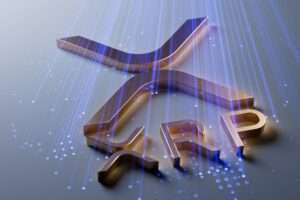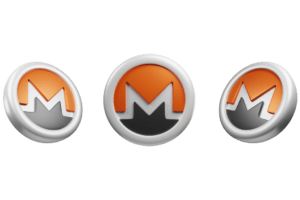In the past decade, creators have enlisted layer-2 solutions, also known as sidechains, to link digital art to the Bitcoin blockchain. Ordinals, a new project, caught Twitter by storm after the project found a way to add digital items to the Bitcoin blockchain.
NFTs are tokens on a blockchain that act as proof of ownership for assets. These assets include digital art, videos, music files, and memberships. Blockchains like ETH and Solana are readily compatible with digital assets and NFTs. However, for Bitcoin, its developers have been trying for a long time to incorporate NFTs into the BTC blockchain.
One of the main hindrances preventing the union of NFTs and the Bitcoin blockchain is the need for smart contracts. Smart contracts are crucial during NFT minting as they are used to assign digital asset ownership. These smart contracts are updated when the ownership of an NFT changes.
However, the downside is that Bitcoin is limited in smart contract support. To solve this, projects that have been launched before, such as Counterparty and Stacks, came up with an alternative: a native token. These native tokens could be used for the contract piece and, at the same time, settle their transactions on the BTC blockchain.
Older Peer-to-Peer Financial Trading Platforms
Counterparty, one of the earlier projects, launched the first-ever layer-2 solution to facilitate digital assets on the Bitcoin blockchain in 2014. The project offers users the infrastructure to create unique tokens on the BTC blockchain. In 2018, the XCP token used by Counterparty hit an all-time high of $91+. Today, however, its price has fallen by more than 97%.
Despite falling behind competitors like Ethereum and other common NFT chains, Counterparty’s community is still active. More, users can bridge assets to Ethereum. What’s more noticeable is that Counterparty is still regarded as the best harbour for historical assets such as Rare Pepes. In mid-April last year, Counterparty facilitated the minting of an NFT themed ‘Curb Your Enthusiasm’ by Larry David.
Stacks was launched in 2017 and was initially called Blockstacks. The project is a blockchain network that runs smart contracts, rolling all of its transactions and settling them on the Bitcoin blockchain. According to officials at Stacks, the project doesn’t use a layer-2 model/sidechain. However, while speaking to Decypt Stacks founder-Munned Ali, he visualizes it as a ‘layer 1.5’ built on top of Bitcoin’s blockchain.
According to CoinGecko, on the 21st of December 2021, the STK token peaked at its all-time high of $3. During this period, the token had attracted a massive fanbase of Bitcoin faithful. In February last year, Satoshibles, an NFT collection, started a cross-bridge that enabled sending NFTs to the Ethereum network. Generally, Stacks has not been able to develop any active or valuable NFT market.
New Bitcoin NFTs, Ordinals
Ordinals are the most recent example of a launched Bitcoin NFT. However, it takes quite a different path. Ordinals were launched at the beginning of the year, its main aim being to facilitate the addition of NFT-like assets onto the BTC blockchain.
According to Casey Rodrmor- a former BTC Core contributor, Ordinal allows users to explore, receive and transfer the smallest unit of Bitcoin, also known as satoshis (1/100, 000, 000 of a BTC). Assets can also be added to individual satoshis via a process called inscription.
All in all, the thought of filling BTC blocks with digital assets, such as images and videos, among others, hasn’t been received well by a section of the Bitcoin community. These individuals have raised concerns about this move, suggesting it might inflate transaction prices. Nonetheless, Ordinals is now a step closer to realizing the dream of having NFTs on Bitcoin since it doesn’t require a sidechain, layer-2 solution, or any other additional crypto to function.
https://dnacrypto.co.uk/bitcoin-punks-nft-collection/
Image Source: Adobe Stock
Disclaimer: This article is provided for informational purposes only. It is not offered or intended to be used as legal, tax, investment, financial, or other advice.









